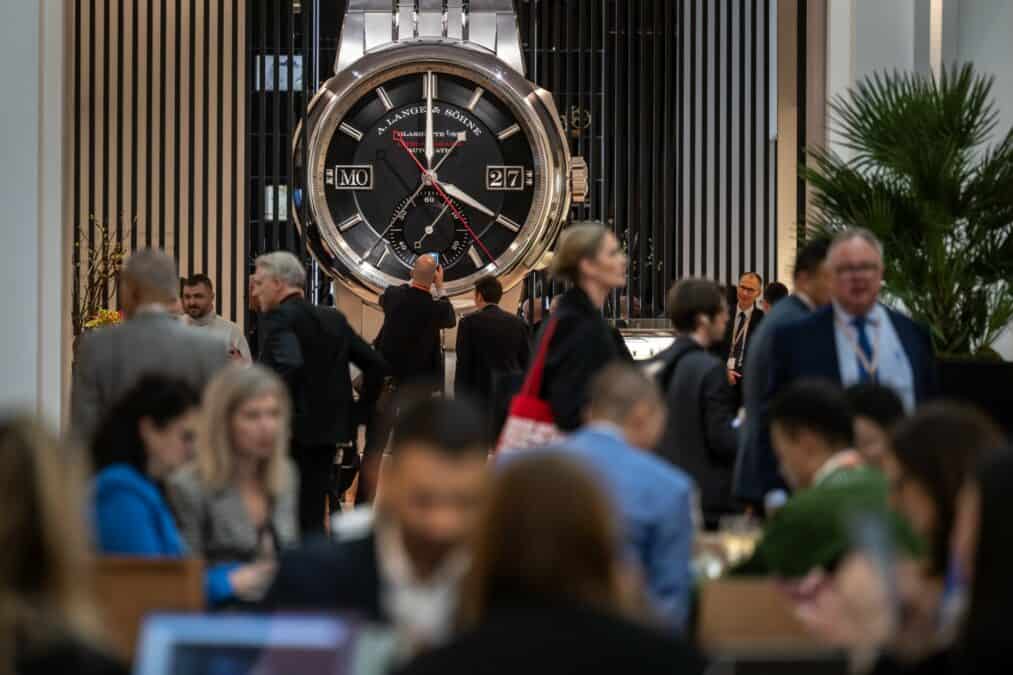DUBAI, UAE — Environmental, social, and governance (ESG) follow-through will serve as the foundation for positive complex luxury sales, with sustainability as a top purchase consideration, according to “The Future of Jewelry Watches” report.
The report, released by the British certification agency and sustainability resource, focuses on the industry’s challenges and offers practical solutions, supported by concrete case studies. Demographic-informed data highlights the importance of these solutions for both the well-being of people and the planet. In an industry heavily reliant on luxury sustainability, implementing these solutions is crucial to ensure future profitability.
Furthermore, the luxury watches and jewelry industry has faced numerous criticisms over the years regarding issues such as child labor and environmental damage. These concerns have prompted major brands and companies to transform their luxurious products into eco-friendly alternatives.
Illegal resource extraction remains a persistent problem, causing harm to the land and nearby communities. For example, deforestation in Brazil’s Amazon forest has increased by over 90 percent between 2017 and 2020 due to the illicit mining of gold. Additionally, this industry’s pursuit of gold and precious gems depletes nature’s limited resources.

Industrial diamond mining results in the displacement of up to 250 tons of earth, along with the consumption of 127 gallons of water and the release of 143 pounds of carbon dioxide for every extracted karat.
Despite initial resistance to innovation within the industry, alternative lab-grown materials do not necessarily render traditional diamonds obsolete. Finding a balance between both options could help regulate supply and demand, ultimately leading to better management of natural diamond extraction.
Luxury watches
A new report by Boston Consulting Group (BCG) predicts that the global market for luxury watches will exceed US$100 billion by 2026.
This projection represents a 50 percent increase compared to 2019, the year prior to the pandemic, showcasing the significant transformation of the watch collecting passion and investment as a business.
In 2022, prestigious Swiss watchmakers experienced their most successful year, with export values reaching nearly US$25 billion for the first time.
BCG estimates the global retail value for new watches at US$55 billion, with an additional US$24 billion for the pre-owned luxury watch market. These figures indicate a combined value of US$79 billion for both new and second-hand luxury watches.
GCC market
The GCC market plays an active role in luxury retail, particularly in watches and jewelry. Regional reports suggest that after the pandemic, inflation, and the banking crisis in Europe and the US, many individuals are investing in watches and jewelry due to the potential for future price appreciation.
As a result, the number of watch and jewelry collectors is growing in the GCC region, leading to an overall increase in luxury goods and related events, particularly in Saudi Arabia.
The luxury watches and jewelry market in the GCC region is flourishing, driven by a rising demand for high-end products. With increasing purchasing power and evolving consumer lifestyles, the market is expected to continue its upward trajectory in the coming years.
The GCC region is renowned for its appreciation of luxury, reflected in the strong demand for high-quality watches and jewelry. Popular brands such as Rolex, Cartier, and Tiffany & Co. remain highly coveted, with no signs of diminishing demand.
To summarize, the luxury watches and jewelry market in the GCC region presents lucrative opportunities for growth and success, fueled by the region’s love for luxury and the evolving preferences of consumers.








